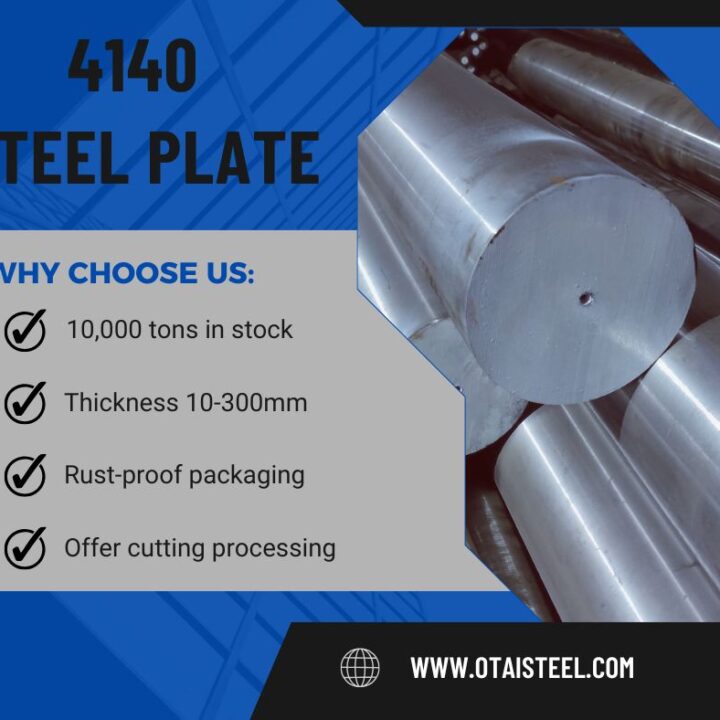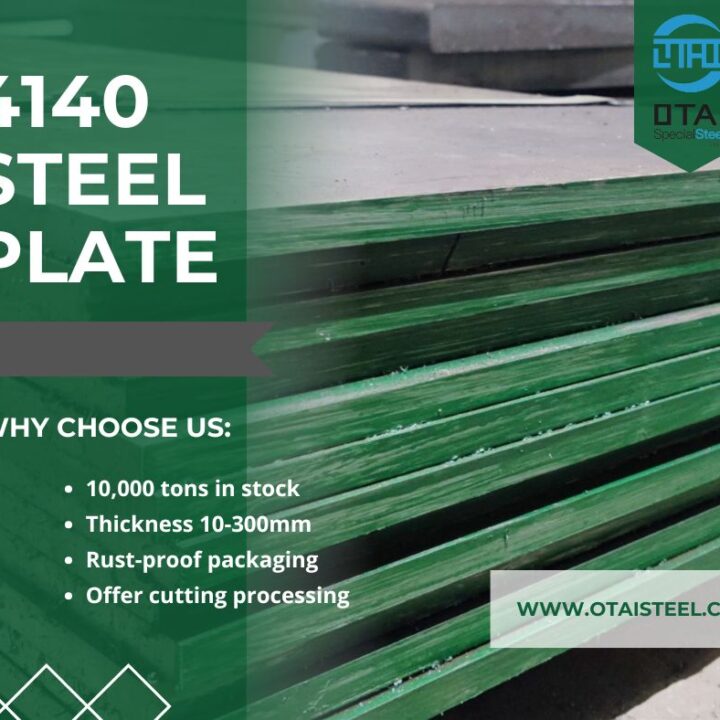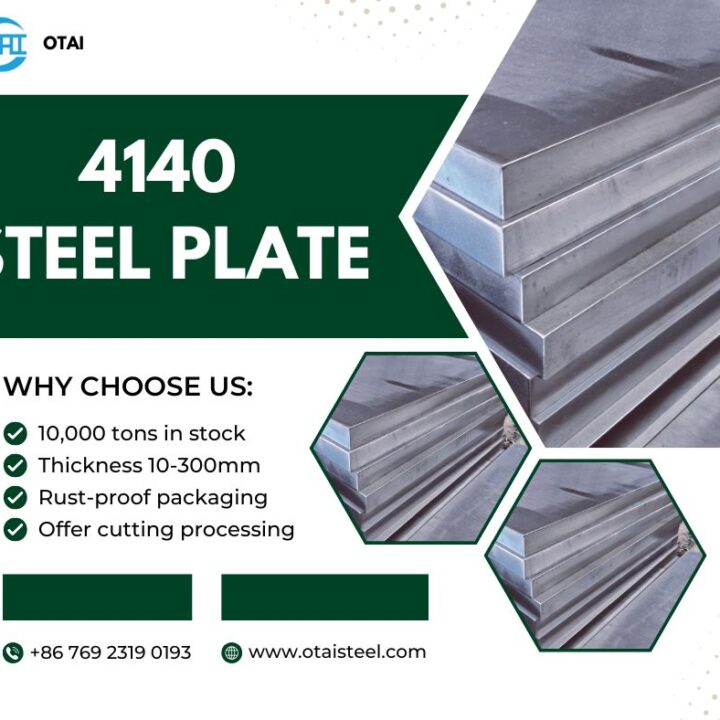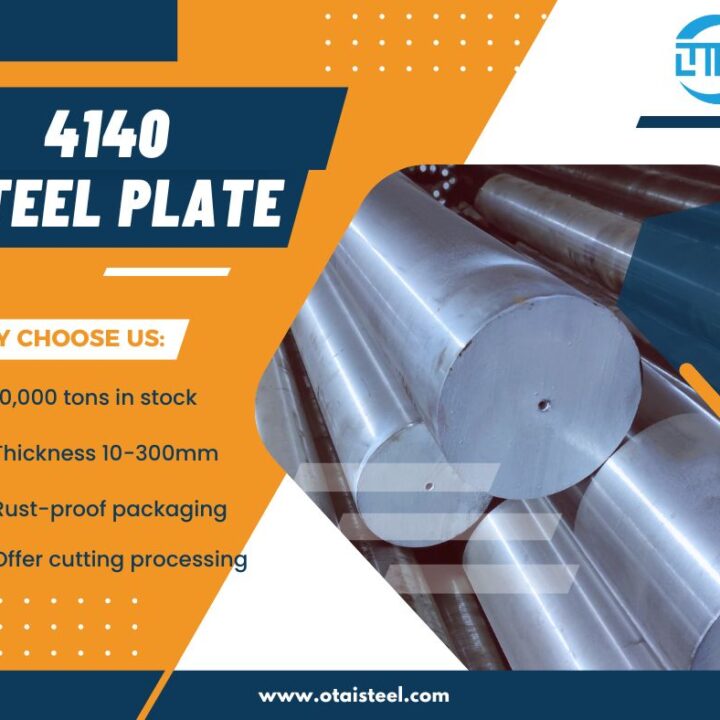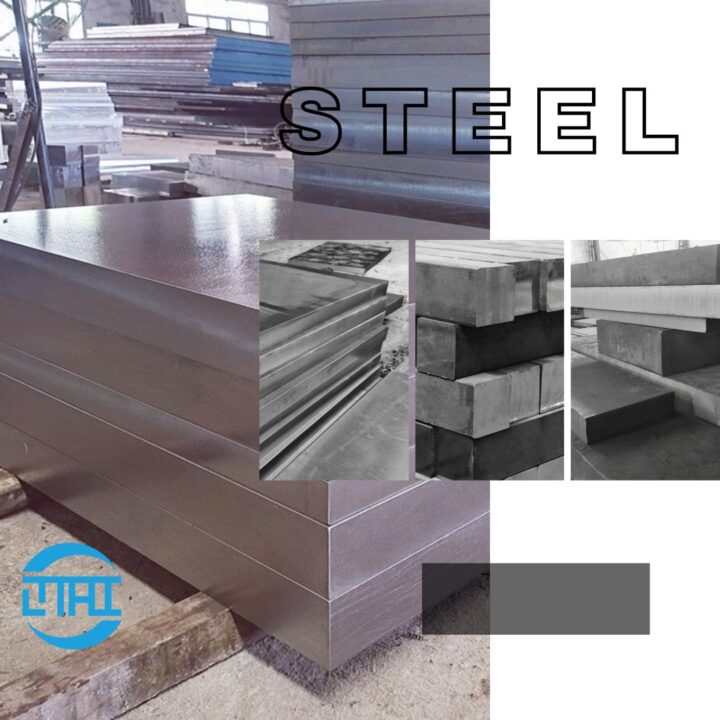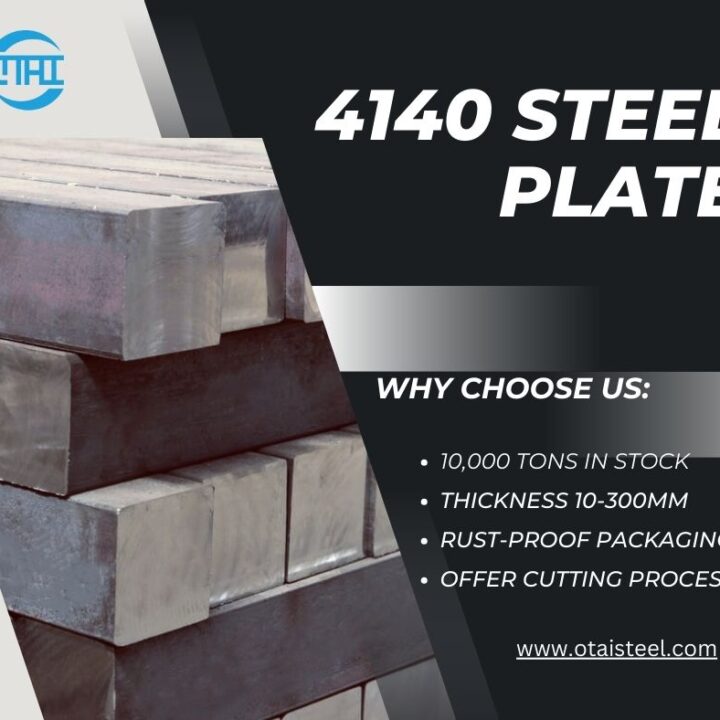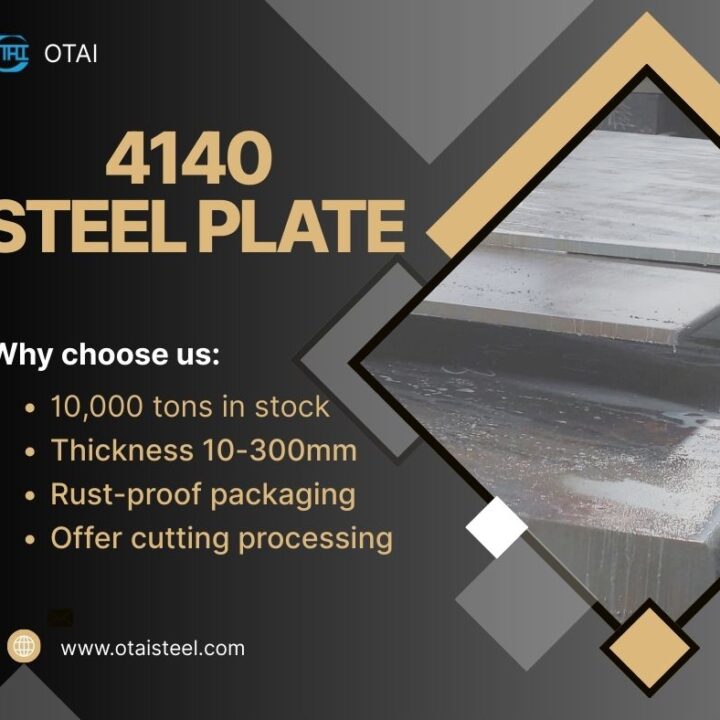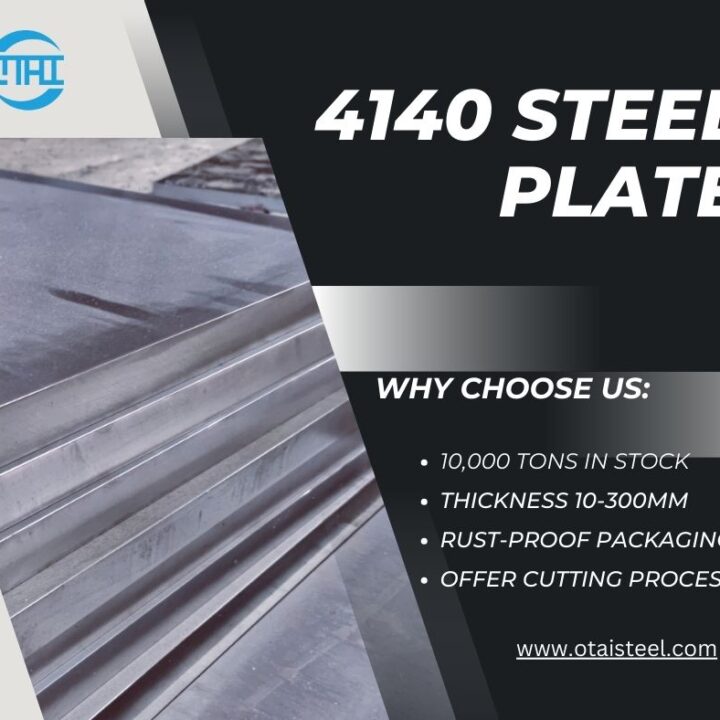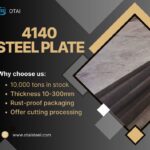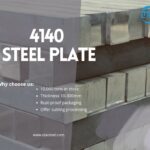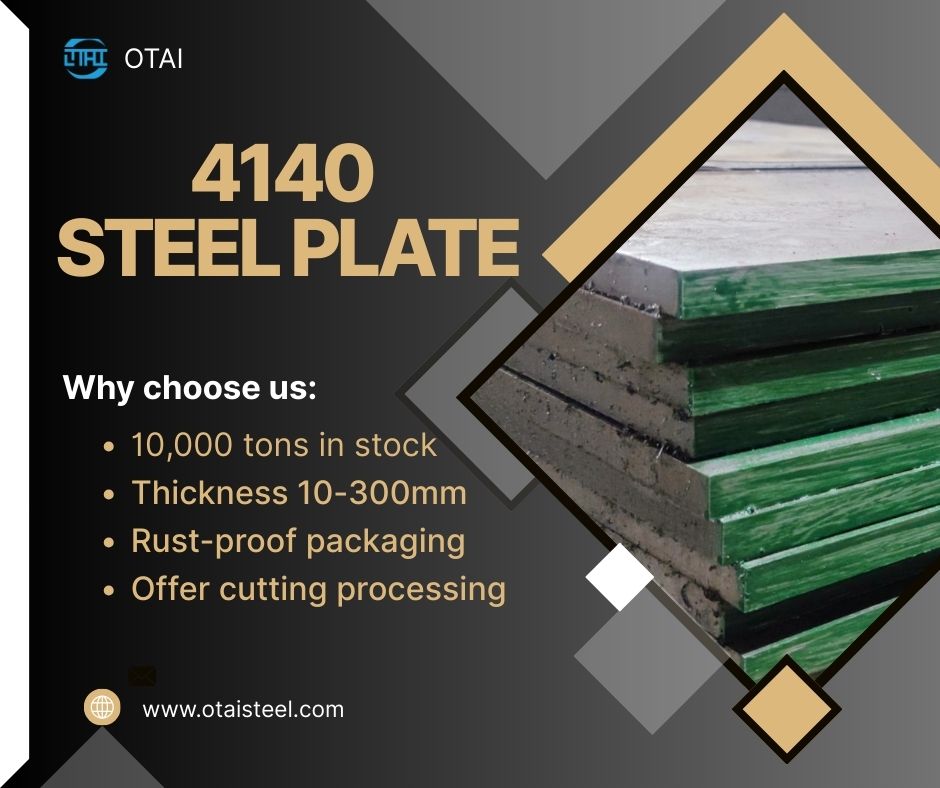 What is 4140 alloy Steel Rockwell Hardness?
What is 4140 alloy Steel Rockwell Hardness?
4140 steel is a go-to material for a wide range of industrial applications, but one property stands out among engineers and manufacturers: Rockwell hardness. If you’re working on components that require a balance between toughness and wear resistance, understanding the 4140 steel Rockwell hardness is essential. Let’s explore what this value really means, how it’s affected by heat treatment, and how it compares with other steels.
🔧 What Is Rockwell Hardness and Why Is It Important?
Rockwell hardness (measured on the C scale for hardened steels) determines a material’s resistance to permanent deformation. For 4140 steel, this property is especially relevant because it directly influences tool life, machinability, and resistance to wear.
4140 steel is a chromium-molybdenum alloy steel known for its excellent hardness-to-toughness ratio, making it suitable for everything from automotive gears to heavy-duty shafts. But hardness is not a fixed value—it changes depending on how the steel is treated.
🧪 Rockwell Hardness of 4140 Steel in Different Conditions
Below is a comparison table showing typical Rockwell hardness values for 4140 steel under various heat treatment conditions:
| Condition | Hardness (HRC) | Description |
|---|---|---|
| Annealed | 15–22 HRC | Soft for machining; not suitable for wear parts |
| Normalized | 30–35 HRC | Good balance of machinability and strength |
| Quenched and Tempered (Q&T) | 28–45 HRC | Most commonly used condition in industrial parts |
| Fully Hardened | 50–55 HRC | High hardness, lower toughness |
| Surface Nitrided | 60–65 HRC (surface) | Extremely hard surface with tough core |
As you can see, the Rockwell hardness of 4140 alloy steel can vary widely depending on the processing method. This flexibility is part of what makes the material so popular.
🔩 Applications Based on Hardness Levels
Different hardness levels are suitable for different use cases. Let’s break them down:
-
15–22 HRC (Annealed): Best for rough machining or when subsequent heat treatment is planned. Common in forgings or large stock preparation.
-
30–35 HRC (Normalized): Ideal for machine components that require a mix of strength and machinability.
-
38–42 HRC (Q&T): Often used in crankshafts, gears, or spindles—where strength and fatigue resistance matter.
-
50–55 HRC (Fully Hardened): Suitable for dies or molds, where wear resistance is critical.
-
60–65 HRC (Nitrided surface): Great for valves, rods, and piston parts with demanding surface wear requirements.
In each of these categories, the heat treatment of 4140 steel plays a defining role.
⚙️ How Does 4140 Steel Hardness Compare with Other Materials?
Here’s a quick comparison of Rockwell hardness ranges among popular engineering steels:
| Steel Type | Rockwell Hardness (HRC) | Notes |
|---|---|---|
| 4140 Steel | 15–55 (core), up to 65 (surface) | Excellent versatility |
| 1045 Carbon Steel | 10–30 | Low hardenability |
| D2 Tool Steel | 55–62 | Very high wear resistance |
| AISI 4340 | 28–45 | Comparable but higher toughness |
| 8620 Alloy Steel | 20–32 (core) | Often used for case hardening |
While D2 tool steel may outperform in surface hardness, 4140 strikes an excellent balance between core toughness and surface hardness, especially after quenching and tempering or nitriding.
🔍 Common Questions: Is Higher Hardness Always Better?
Not necessarily. While higher hardness improves wear resistance, it often reduces toughness and increases brittleness. That’s why engineers often choose medium Rockwell hardness for 4140 steel (around 35–45 HRC) for high-performance mechanical parts.
For example:
-
A drivetrain shaft must be hard enough to resist wear but not so hard that it breaks under stress.
-
A hydraulic piston rod might use nitrided 4140 steel to combine a hard shell with a ductile core.
📦 Choosing the Right 4140 Steel Grade and Hardness Level
If you’re buying or specifying this material, always match the hardness level with your application needs. You might look for:
-
Pre-hardened 4140 plates at ~28–32 HRC
-
Q&T 4140 steel round bars at ~38–44 HRC
-
Nitrided 4140 shafts for ultra-high surface hardness
Whether you’re searching for 4140 steel for machining, for toolmaking, or for fatigue-resistant parts, knowing the hardness range is essential to making the right call.
🏭 Why Choose Otai Special Steel
At Otai Special Steel, we provide a massive inventory of 4140 steel in various forms, including pre-hardened plates, Q&T bars, and custom-cut blanks. Our advantages include:
-
✅ Over 10,000 tons of stock all year round
-
✅ Customized cutting and heat treatment
-
✅ UT-tested quality with third-party inspection options (SGS, etc.)
-
✅ Competitive prices and fast global shipping
-
✅ Technical support for material selection and machinability consultation
We’re proud to serve global giants like Thyssenkrupp, Borealis, and Schlumberger, providing stable, high-quality supply for every project.
❓FAQ: 4140 Steel Rockwell Hardness
Q1: What’s the typical Rockwell hardness of 4140 steel in Q&T condition?
A1: Usually between 28–45 HRC, depending on tempering temperature.
Q2: Can I surface harden 4140 steel?
A2: Yes, via nitriding or carburizing, reaching up to 60–65 HRC on the surface.
Q3: How do I test Rockwell hardness?
A3: Using a Rockwell hardness tester with a C-scale indenter (typically a diamond cone).

